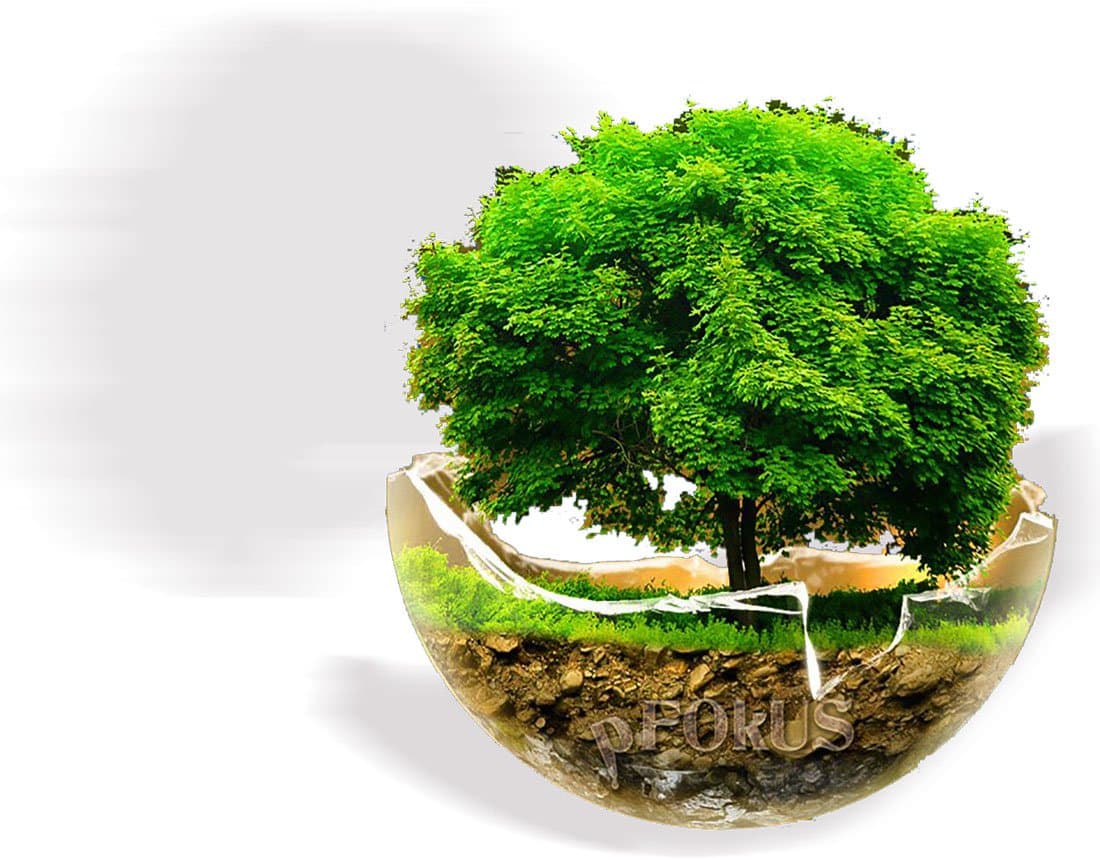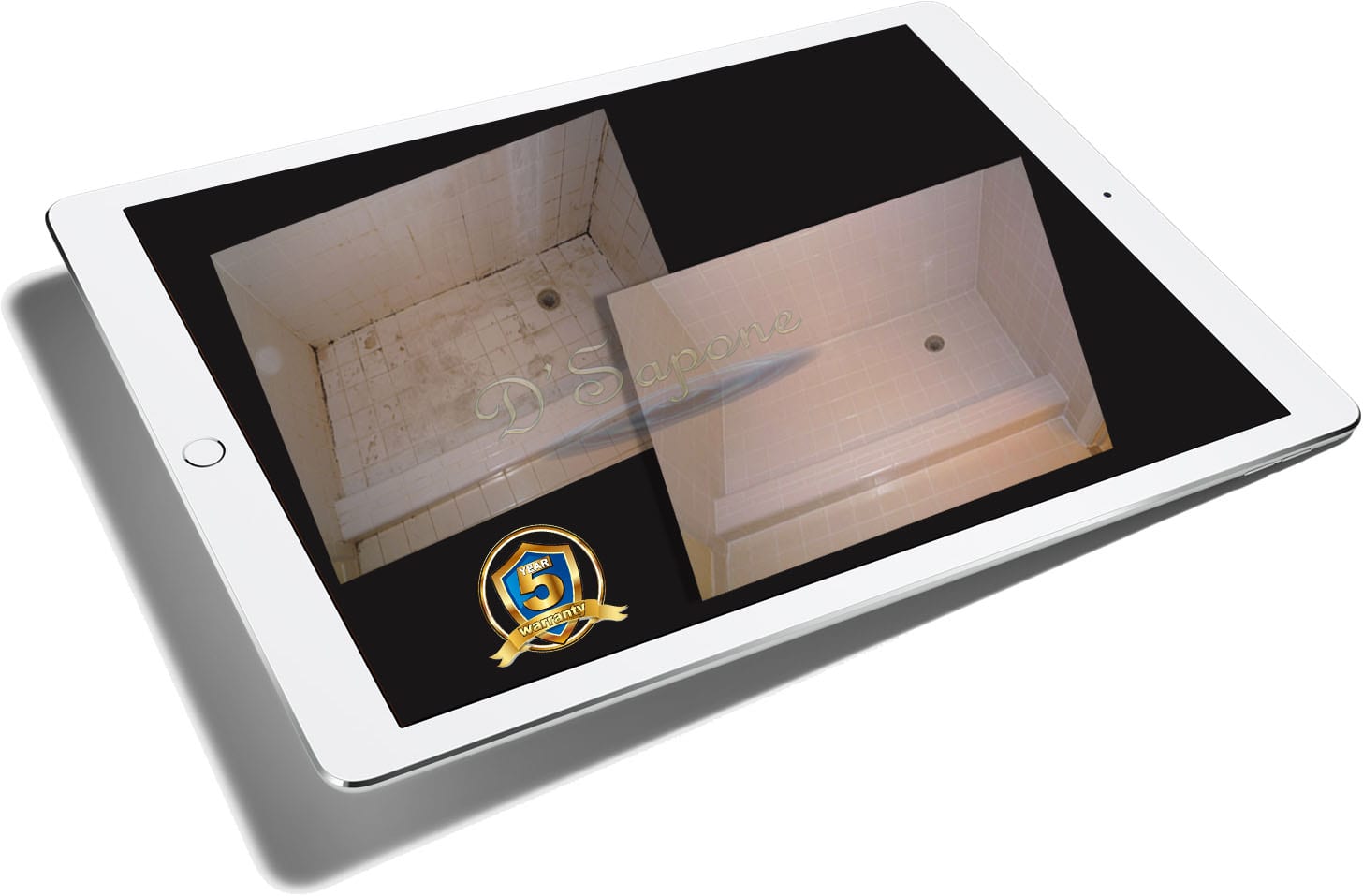The very curse of mold
in showers and tubs.

Mold and mildew can be controlled by waterproofing the grout with Caponi® and sealing the corners with Sentura not caulk. Our ‘Healthy Shower’ system will help prevent mold and mildew from growing. Steam machines only kill mold on the surface. We use H2O2 at 35% to kill the mold, which penetrates deep into the cracks and corners.
Learn more about our shower restoration> Get an estimate via email>
The myth of bleach
killing mold in showers.
Did you know chlorine bleach does not kill mold, it merely bleaches it!
Other tips and facts …
– Some cleaning products contain ingredients banned in 8 countries!
– One of the main active ingredients in many household cleaning products is a
surfactant. A surfactant makes water wetter. Wetter water spreads across and wets
surfaces better to make cleaning easier.
For decades, common surfactants have been derived from petroleum, a non-renewable resource. One of these is nonylphenol ethoxylate (NPE), and then there is the whole class of alkyl phenol ethoxylate surfactants (APEs). Use of these chemicals is severely restricted in virtually all western nations except America. An enlightening analysis of their potentially adverse effects on the environment and the human body can be ordered from the Washington Toxics Coalition (watoxics.org).
So, why do many cleaning product manufacturers in America still insist on using NPE and APEs even though they don’t use them in other western countries? Because they’re cheap!
There are alternatives. Cleaning products that use bio-based surfactants. Bio-based surfactants are made primarily from renewable resources, such as coconuts, corn and oranges and have a much better health, safety and environmental profile. We recommend Valore and Imperia cleaners from the makers of pFOkUS®.
Disadvantages of Using Chlorine Bleach as a Disinfectant
More and more institutions are not using chlorine bleach products because they:
1. Lack detergency – Contain no wetting agents to allow the disinfecting agent to
penetrate soils, so surfaces MUST be pre-cleaned before the chlorine bleach will
effectively kill germs.
2. Very caustic to human tissues – Can burn eyes and skin.
3. React with other chemicals to create toxic byproducts and gases – Incompatible
with products that contain ammonia, hydrochloric acid and acetic acid (vinegar).
4. Fumes can be irritating – Occupants of buildings frequently complain about
bleach and bleach related odors migrating into their work areas.
5. Can emit a carcinogenic gas, if it comes in contact with formaldehyde, or is
hyper-chlorinated by hot water.
6. Extremely corrosive to metals – Chlorine bleach can attack and corrode metal
surfaces as well as permanently discolor countertops, grout and some natural
stone.
7. Discolor fibers and colored surfaces – Carpets, entrance matting and clothing are
just a few of the fibers that can be damaged when contacted by chlorine bleach
solutions.
8. Damage floor finishes – Chlorine bleach can attack the floor finish coatings on
the floor, requiring them to be removed and replaced. This is an expensive
process.
9. Rapidly inactivated by organic debris (blood, tissue, saliva, microbes).
10. Diluted solutions quickly lose their effectiveness. Chlorine bleach is unstable and
can lose its oxidizing and disinfecting strength rapidly compared to “quat” based
disinfectant-cleaners and/or sanitizers.
Bleach is not the best answer to kill mold in showers.
pFOkUS® Cleaners versus Chlorine Bleach
Chlorine is widely used as a bleaching agent in the manufacturing process of paper and cloth. When released into the air, it reacts with water to make hydrochloric acid. The most common place you will come into contact with it, is at public swimming pools. You can also find it in everyday household bleach.
Household bleach is alkaline and has a pH around 12. This means when multiple cleaners are used for cleaning, it is possible for a chlorinated liquid residue to become acidic and thus corrosive. This can happen, for example, when a vessel is cleaned with a chlorinated cleaner followed by an acid-based cleaner or sanitizer. Accidentally mixing chlorine bleach with acid or ammonia based cleaners (so commonly found in households and institutions) can release very harmful gases.
Chlorine at room temperature is a gas. Chlorine gas can effect your health, depending on how much of it you have been exposed to and for how long. It is corrosive and irritating to the eyes, skin and respiratory tract. Exposure to low amounts may cause a sore throat, eye and skin irritation and coughing. Exposure to higher amounts of the gas can cause narrowing of the bronchi, burning of the eyes and skin and a blue coloring of the skin. It can also cause a buildup of fluid in the lungs and pain in the chest.
pFOkUS® formulates Valore – a shower maintenance
cleaner, Valore uses Repela-Technology and
H2O2, which assists in the elimination of mold
and mildew. Once your shower has been sealed
with pFOkUS® products the elimination of the
mold becomes second nature.
No more mold in showers.

Let’s seal that shower of yours.
Get your free estimate today.
Every estimate is assigned to a D’Sapone artist, who will complete the entire estimate and will assist you throughout the process. Mold in showers can be harmful to you and your family. Just simply email us pictures and our server will calculate the rest. We already know the solutions to prevent mold in showers, tubs and wet environments.
Get your mold removal estimate>






Follow Us!